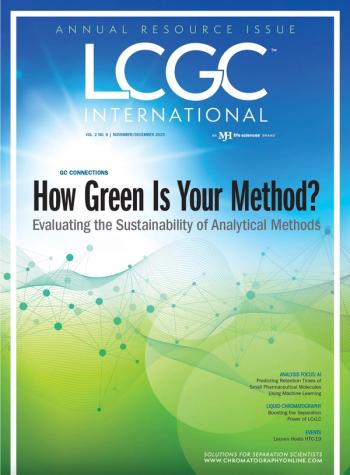
Reseachers Detect Bladder Cancer in Human Urine with HPLC/MS
Researchers conducting clinical research trials of patients with bladder cancer have discovered a non-invasive way to detect the cancer by using HPLC/MS.
Researchers conducting clinical research trials of patients with bladder cancer have discovered a non-invasive way to detect the cancer by using HPLC/MS. In the current study using sophisticated statistical methods the researchers were able to identify and characterize urine metabolite profiles obtained from patients with bladder cancer over controls. Identification and quantitative measurements of all the metabolites expressed in urine, serum, plasma, and tissue are essential for the study of biological processes in normal and disease states. High performance liquid chromatography was used to resolve the metabolites in urine that were detected by mass spectrometry according to their mass-to-charge ratio. Mass spectrometry was selected for this study because of its sensitivity.
The next step in their research will be the identification of key metabolites that are typical to patients with superficial bladder cancer. This may help to improve and simplify diagnosis of patients with bladder tumors. Furtherer more it will help to better understand their role in the pathophysiology of the disease and possible as a future target for therapeutic intervention.
Newsletter
Join the global community of analytical scientists who trust LCGC for insights on the latest techniques, trends, and expert solutions in chromatography.



